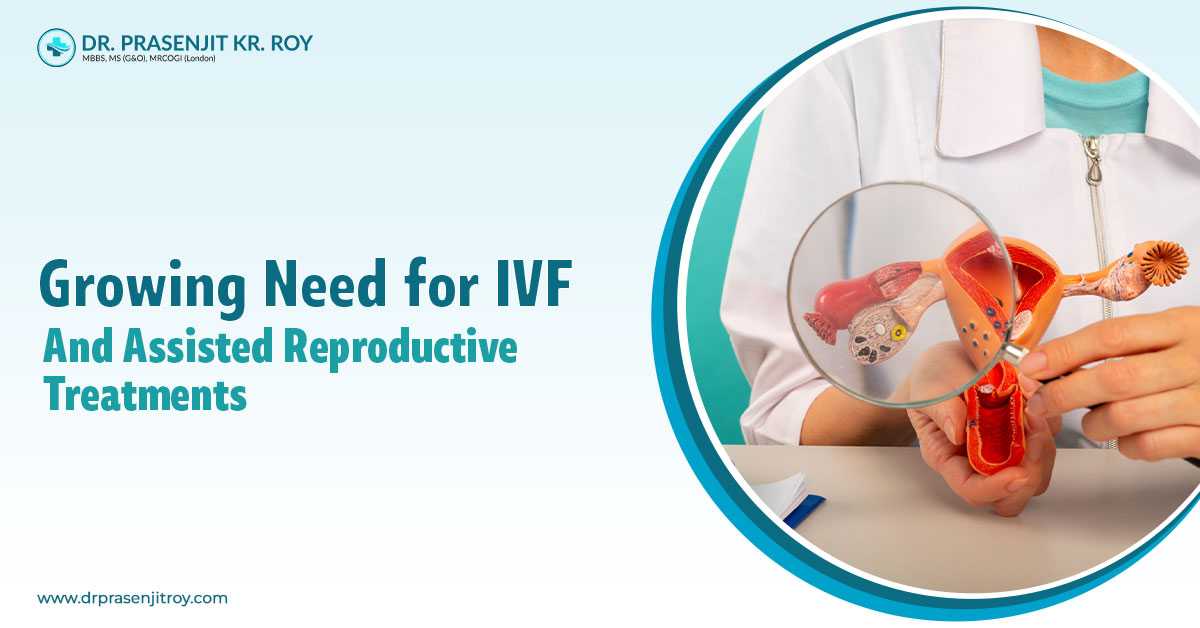When you have fertility issues, the big bold question is why. There are a variety of reasons that could be being the potential cause of your infertility. These reasons could be simple or complex, which is why getting a diagnosis, is crucial. One such cause of infertility is cervical polyps. The silver lining is that once it is discovered, it can be treated very easily.
Table of contents:
- What are cervical polyps?
- How can cervical polyps affect fertility?
- Treatment options for cervical polyps
What are cervical polyps?
A cervical polyp is a small growth that occurs at the opening of the cervix, which can easily protrude into the vagina. They are often shaped like a fleshy bulb on a think stalk. These growths are almost always benign and rarely grow larger than 1 – 2 cm. While cervical polyps are not very dangerous, they can cause trouble. This is especially true in the case of women who are trying to conceive. There are two types of cervical polyps:
- Ectocervical: These are the kind of polyps that grow on the outer surface of the cervix and are usually seen in women who have gone through menopause. These are usually wider and shorter in shape.
- Endocervical: Endocervical polyps typically grow from glands inside the cervical canal and tend to occur in women who are of childbearing age. These endocervical polyps generally have a longer stalk.
How can cervical polyps affect fertility?
The connection between cervical polyps and infertility typically depends on the location of the polyp. Polyps that are located high up in the cervix can block the opening of the cervix and make it impossible for the egg to fertilize. Similarly, the polyp can also interfere with the production of cervical mucus. During ovulation, the cervical mucus is supposed to be thin and slippery so that it can help the sperm fertilize the egg. If the consistency of the mucus and thick and sticky, it can prevent fertilization.
Treatment options for cervical polyps
The treatment for polyps is straight, simple and generally painless.
Usually, the doctor will just grasp the polyp at its base and gently twist and pull to extract the growth. In most cases, the patients describe the sensation as uncomfortable, but not painful. If the stalk is detached from the bulb, the doctor will then carefully scrape it away. To cap it off, the surgical paste is applied to avoid any bleeding. You may notice a light spotting after.
If the polyps were the only cause of your fertility issues, this simple procedure may be all that it takes to restore your fertility.
Dr Prasenjit Kr. Roy is the best doctor in Siliguri for fertility issues.








